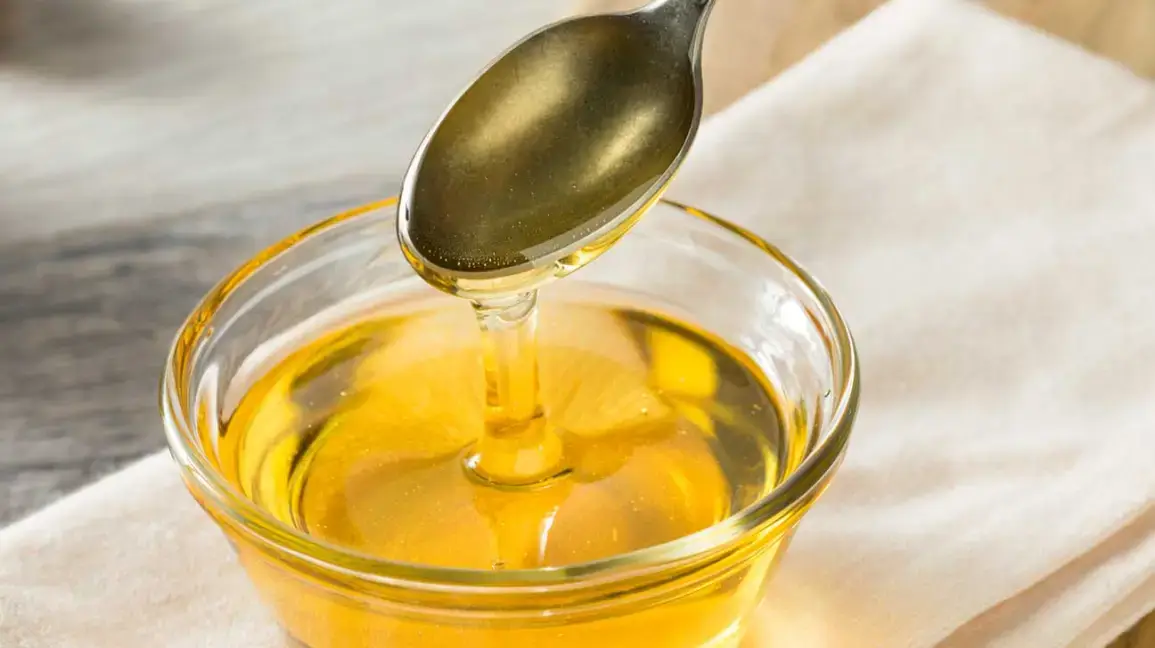Overview of Malt Syrup
Malt syrup is a starch sugar product made from raw materials such as corn starch through liquefaction, saccharification, filtration, and concentration, with maltose as its main component. Based on maltose content, it can be classified into M40, M50, M70, and crystalline maltose. Its sweetness is about 30%-40% of sucrose, and it has excellent water solubility, lipophilicity, acid and heat resistance, making it widely used in the production of candy, pastries, frozen desserts, and pharmaceuticals.
Production Process of Malt Syrup
Modern industrial production mainly adopts the full-enzyme method, which offers mild reaction conditions, high specificity, and easy mechanization and industrialization compared to traditional malt extract saccharification. The key enzyme in the process is β-amylase, which hydrolyzes α-1,4 glycosidic bonds from the non-reducing ends of starch molecules to produce maltose but cannot hydrolyze α-1,6 glycosidic bonds.
The development of malt syrup is mainly focused on:
- High-malt syrup with solid content ≥80%, which remains stable without crystallization under normal storage conditions.
- Production of pure maltose.
In high-malt syrup production, the degree of liquefaction must be carefully controlled, with a DE (Dextrose Equivalent) value not exceeding 10. However, a lower DE value can lead to increased viscosity during saccharification, reduced enzymatic efficiency, and negatively impact the final product quality.

Challenges and Optimization of High-Concentration Starch Milk Hydrolysis
The hydrolysis of starch to sugar involves two stages: liquefaction and saccharification. Traditional processes use 25%-35% starch milk, requiring large amounts of water. Since only a small portion of this water is needed for enzymatic reactions, most of it must be evaporated after saccharification, leading to increased energy consumption and production costs. Additionally, some fermentation processes require sugar solutions with over 40% concentration, creating a demand for higher solid content in saccharified liquids.
Increasing the starch milk concentration is an effective way to reduce evaporation costs. However, high-concentration systems result in increased viscosity, incomplete substrate hydrolysis, and reduced enzymatic efficiency. In industrial production, to obtain malt syrup with ≥90% maltose content, starch milk concentration is typically controlled at 10%-20%, not exceeding 25%. Future research should focus on optimizing enzymatic hydrolysis under high-substrate concentration conditions to enhance productivity and economic efficiency.
Lonnmeter Online Density Meter in Malt Syrup Production
During malt syrup production, real-time monitoring of saccharified liquid concentration is crucial for ensuring product quality. The Lonnmeter Malt Syrup Density Meter provides precise monitoring of starch milk and sugar liquid concentration during liquefaction and saccharification, achieving:
✅ Real-time concentration monitoring, reducing manual sampling errors and improving production efficiency.
✅ Automated saccharification endpoint control, ensuring stable maltose content.
✅ Optimization of the evaporation process, reducing energy consumption and enhancing economic benefits.
With the application of the Lonnmeter Online Density Meter, manufacturers can achieve more precise process control, improve automation, reduce costs, and ensure more efficient and stable production.
Post time: Feb-11-2025





